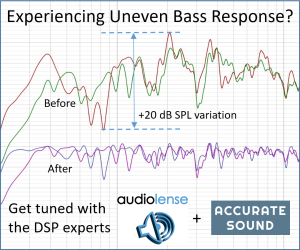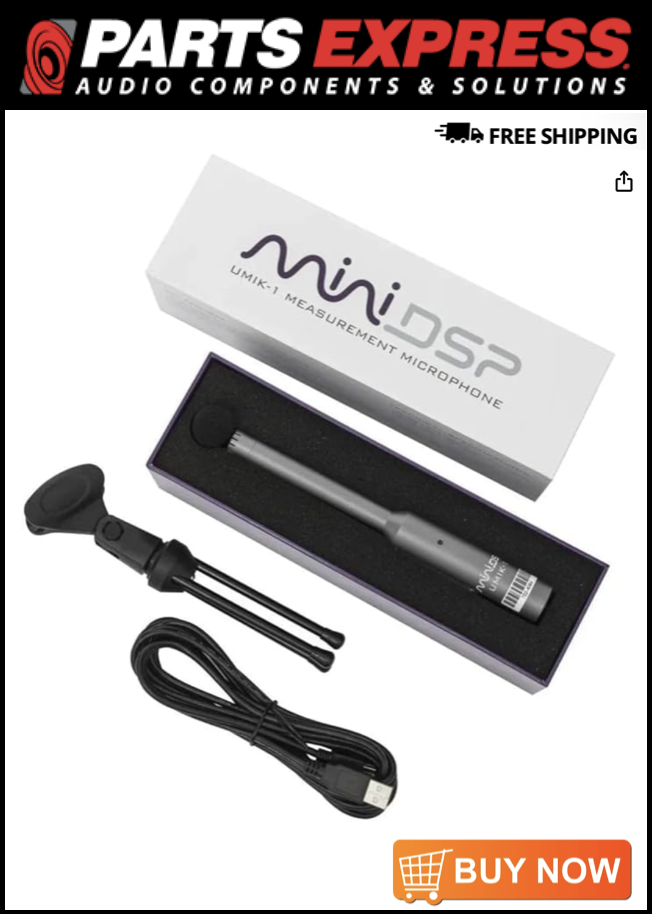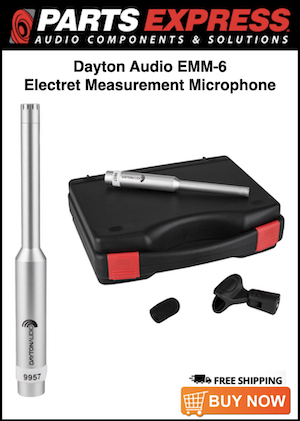Jmaurer84
New Member
Thread Starter
- Joined
- Jan 2, 2023
- Posts
- 8
More
- Preamp, Processor or Receiver
- Onkyo RZ50
- Main Amp
- Receiver
- Additional Amp
- Emotiva A5
- Other Amp
- Emotiva A3
- Computer Audio
- ASUS Zenbook Q409Z
- Universal / Blu-ray / CD Player
- Sony UHD
- Streaming Equipment
- Tv
- Streaming Subscriptions
- Netflix, HboMAX
- Front Speakers
- Klipsch RP-600M
- Front Wide Speakers
- None
- Center Channel Speaker
- Klipsch RP-500C
- Surround Speakers
- Klipsch RB-51 ii
- Surround Back Speakers
- None
- Front Height Speakers
- Klipsch CDT-5650-C ii
- Rear Height Speakers
- Klipsch CDT-5650-C ii
- Subwoofers
- Monolith 12” 500w
- Screen
- Neo Qled 4k
- Video Display Device
- Samsung QN90a 65”
Hello all, I’m using 2 subs in my theater layout and I’m new to the measurement game so I’m not sure which measurements are better with my limited knowledge. I have an Onkyo RZ-50. 1 sub is the new Klipsch RP-1200 and the other is a monolith 12”. Would the yellow graph with more energy but steeper dips EQ better or would the lower graph but flatter be best? These are the raw measurements with both firing during the measurement. The red graph has 1 sub phased at 180 degrees with 2ms of delay. The yellow is both at 0 degree phase with 8.7ms delay. I’m using Dirac live so I’ve been trying to understand how to tell what makes a graph better to eq than others as I move things around. Thank you for your help!















